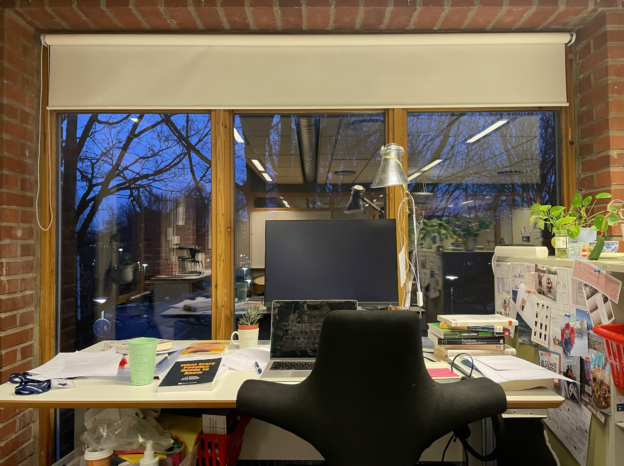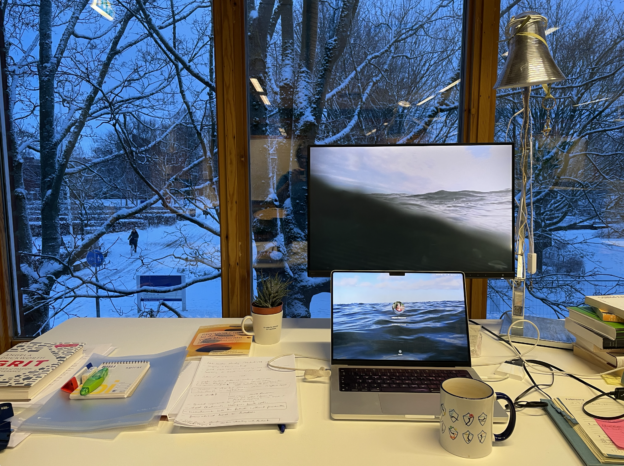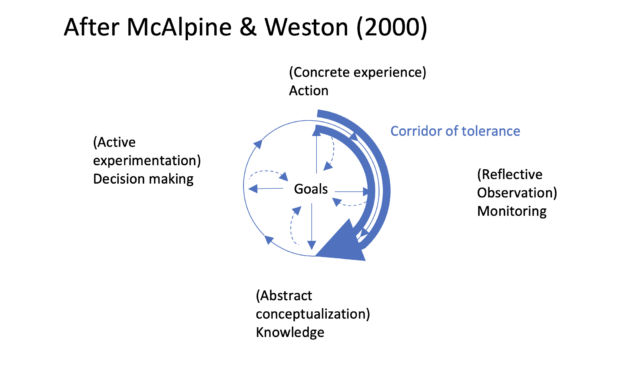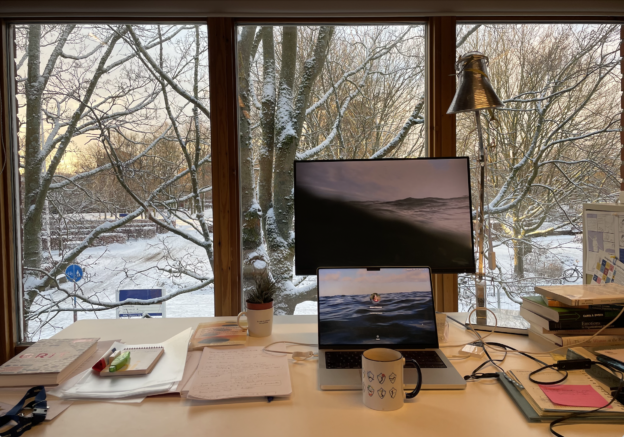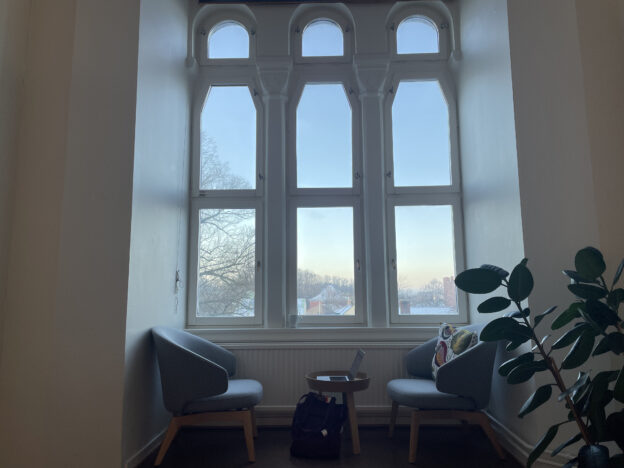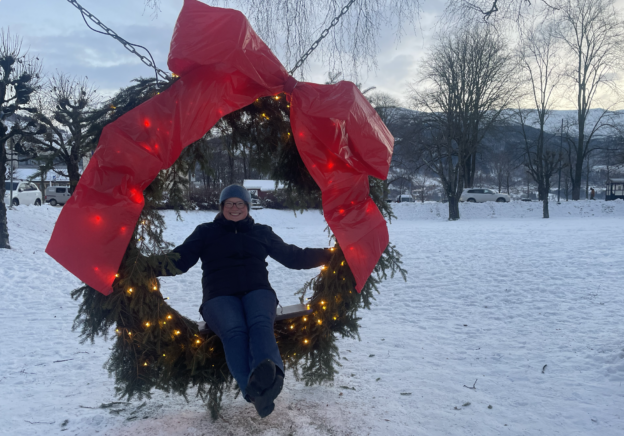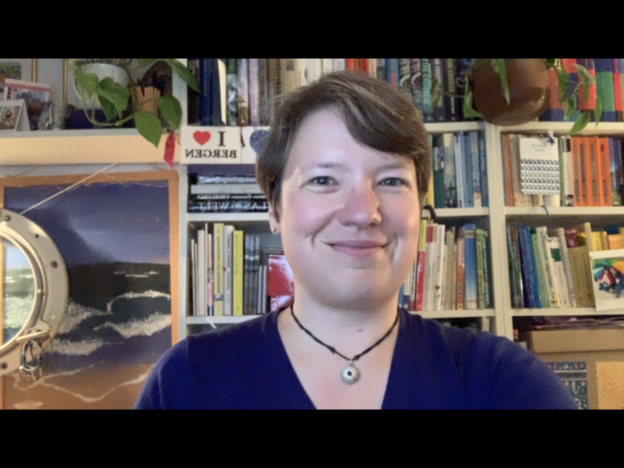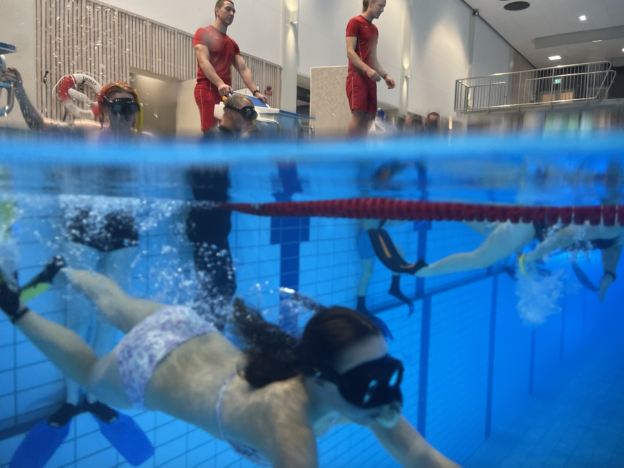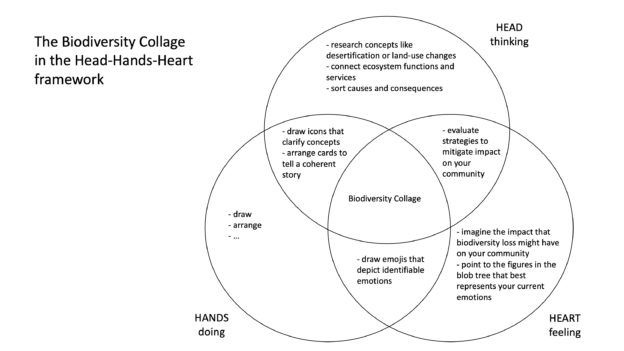Our work as academic developers at CEE is based on how we think that relationships between teachers work, and using that to influence their conversations in a way that improves teaching. Here is (part of) the literature we base this understanding on (a lot of this from in-house research, or close collaborators).
